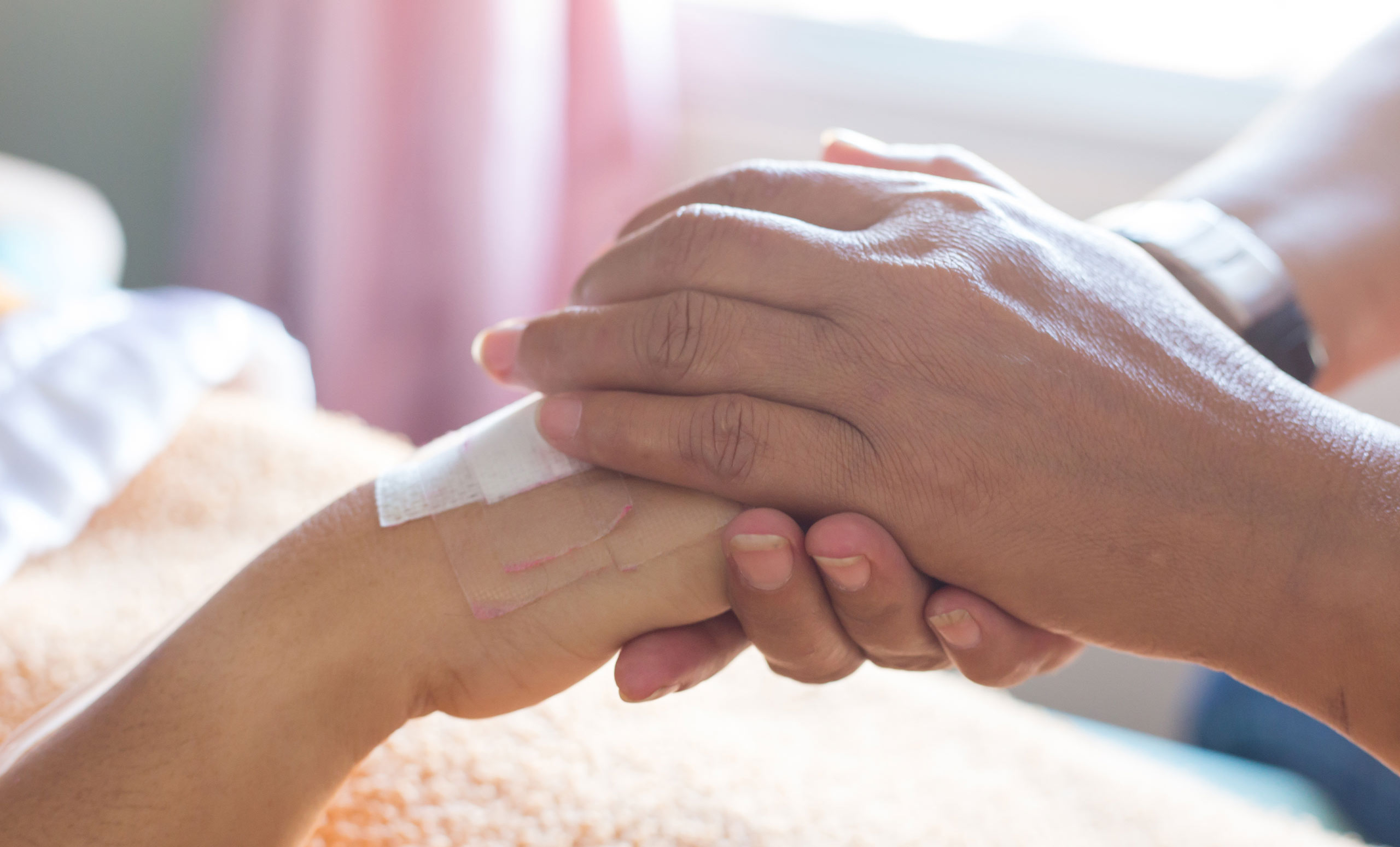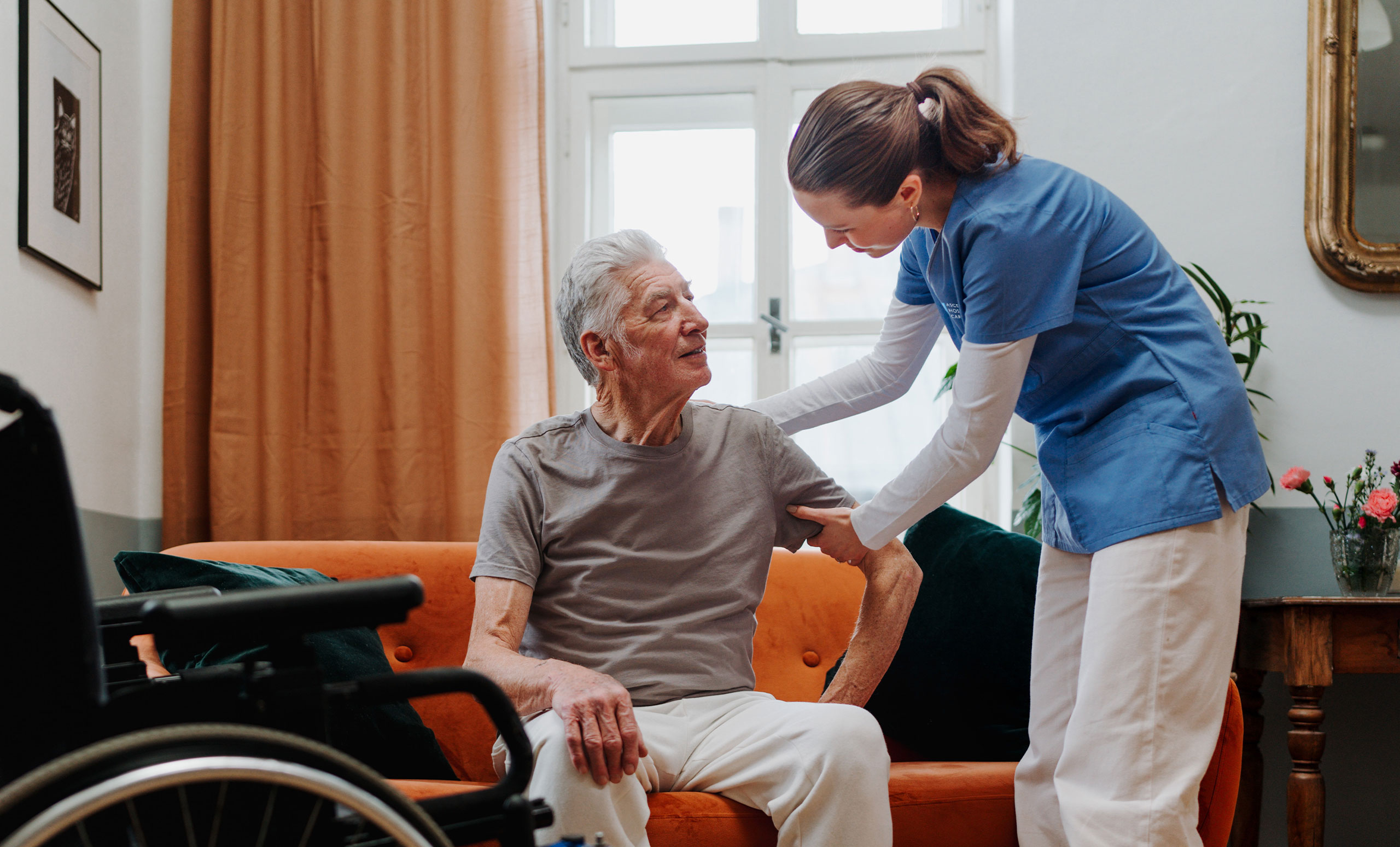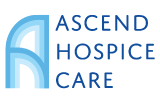Hospice care is a specialized and comprehensive form of providing medical care designed for patients approaching the end of life. When pursuing a cure is no longer an option, hospice steps in to ensure patients experience as much comfort and dignity as possible. The central priority in hospice care is improving the quality of life, often through comfort-focused treatments that manage symptoms and ease pain.
Let’s learn about comfort-focused treatments in hospice care, addressing their benefits and how they contribute to a more peaceful end-of-life experience for everyone involved.
What Is Comfort Care?
Also known as comfort care hospice, this particular approach is designed to manage pain and alleviate discomfort without aiming to cure the underlying illness. For patients nearing the end of life, the focus shifts from attempting curative treatments to ensuring that they can live their final days with as much physical and emotional comfort as possible.
Hospice comfort care provides relief from symptoms caused by progressive illnesses such as cancer, chronic obstructive pulmonary disease (COPD), heart failure, and neurological conditions. By managing comfort symptoms, including pain, nausea, anxiety, and difficulty breathing, the hospice care goal is that patients and their families can spend meaningful time together during this crucial phase.
Key Components of Comfort-Focused Treatments

Continuing Treatments in Hospice
While comfort care in hospice emphasizes symptom relief rather than curative treatments, certain ongoing treatments may still be used if they align with the goal of comfort. In some cases, treatments traditionally aimed at curing an illness may continue if they contribute to improving the patient’s quality of life.
Palliative chemotherapy or radiation, for example, may still be administered to alleviate symptoms like severe pain or the compression of organs caused by tumor growth. Similarly, IV fluids or limited blood transfusions may be provided to manage specific comfort symptoms related to dehydration or anemia, respectively. However, all such treatments are carefully considered to ensure they do not interfere with the patient’s overall comfort.
Non-Pharmacological Approaches to Comfort Care
In hospice care, non-medical interventions are essential to enhance a patient’s comfort. These methods are aimed at providing holistic care that addresses physical, emotional, spiritual, and social well-being.

Family Support in Comfort Care
An essential aspect of comforting care hospice is not merely attending to the patient but providing support to their family as well. Hospice care teams often help families understand what to expect in the final stages of life, offering guidance on how to cope with the impending loss of their loved one.
Bereavement services and counseling are available to support families through grief before, during, and after their loved one’s passing. This aspect of hospice care is vital in ensuring that family members feel emotionally supported to handle the challenges of caregiving and saying goodbye.
The Role of Comfort Care Nursing
Comfort care nursing focuses on managing the day-to-day symptoms of a patient nearing the end of life, ensuring dignity, relief, and compassion. Nurses in hospice settings are highly trained to recognize the subtle signs of discomfort and respond with appropriate interventions, from adjusting medications to providing hands-on care.
They can also educate family members on how to provide supportive care, ensuring that the patient’s needs are met, even in the home setting.
At Ascend Hospice Care, comfort-focused treatments are a crucial part of our comprehensive services. This approach is designed to provide relief from pain and discomfort while addressing the many needs of patients and their families. Our main goal is that patients can spend their final days with peace, dignity, and as much comfort as possible.
By focusing on end-of-life comfort care, Ascend Hospice Care helps ease the transition during this challenging time, making a huge difference in the lives of patients and their loved ones.




